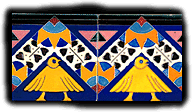In the Land of Valencia many remains of prehistoric ceramics production have been found. The
first Neolithic settlements date back to 7000 before the present. Raw materials were readily
available and the mild climate of the region favoured production. Ceramic vases of varying sizes
were produced in large quantities, being used mainly as containers for foods and liquids.


Despite their practical use, vases were skilfully decorated using seashells, bones and occasionally
potter's fingers. Even in those primitive times, ceramic pieces had beautiful proportions and
sophisticated decorations. Later, containers were produced for ritual burial purposes.
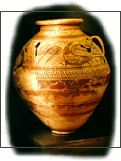

Following the influence of colonizers from the Eastern Mediterranean - Phoenicians, Greeks and
Romans - the local Iberian culture developed profusely decorated ceramics with characteristic
patterns between the 6th to the 1st centuries BC.
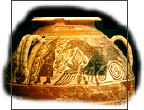

The Moorish domination of Spain in the early Middle Ages brought important technological
advances such as glazes and lustres, and highly refined ornamentation.


Moorish ceramics reached their highpoint with the creation of Mudéjar architecture of Teruel -
whose influence was felt centuries later by architects such as Gaudí. Paterna and Manises ceramics
developed golden reflections in the 14th and 15th centuries, and these wares were exported
throughout Europe as luxury articles.
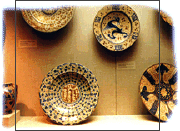

In the 18th century, polychrome wares and Renaissance articles reached Spain. Local artists
developed a highly popular, free-and-easy style.


The ceramics of the Valencia Baroque age made in Manises and Valencia in the 18th and 19th
centuries also became popular on the international level.
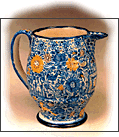

At the end of the 19th century, the tile manufacturing industry started producing wares in the
Modernist, or Art Nouveau, style.
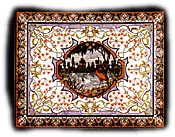

At the beginning of the 20th century these articles evolved to Art Decó styles.
